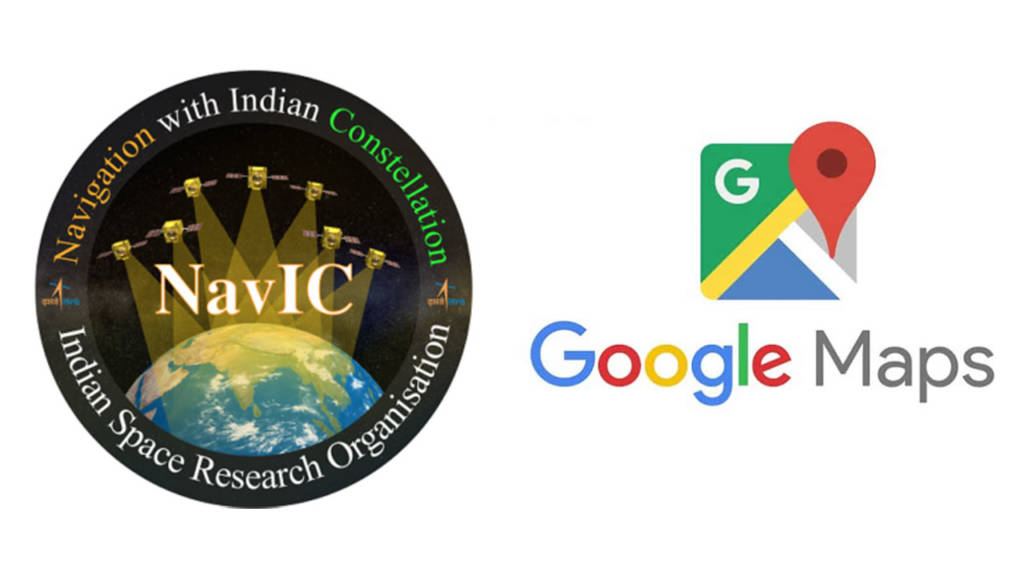The Indian Space Research Organisation has continued to make the entire nation proud with its stupendous laurels. In a matter of great pride for India, ISRO’s alternative to the GPS ‘NavIC’ is all set to replace the GPS on your android smartphone.
The ISRO has developed NavIC Technology that will perhaps be integrated into the next Android phone as the organisation has collaborated with Qualcomm who will use NavIC positioning system for location services in its new Snapdragon 720G, Snapdragon 662 and Snapdragon 460 processors. NavIC is the operative name for what is otherwise known as the Indian Regional Navigation Satellite System (IRNSS).
NavIC stands for Navigation with Indian Constellation and is based on the Sanskrit word for navigator or sailor. It has been developed for terrestrial, aerial and marine navigation, as well as provide location tracking during disaster management and for vehicle tracking as well as commercial fleet management scenarios. NavIC will provide two types of location services—the standard positioning service as well as the encrypted service for security agencies and military access as well.
An ISRO official was quoted as saying: “Qualcomm has announced that its chip is going to have NavIC and they are releasing it. Now almost Xiaomi is in agreement to have it. Xiaomi may launch its mobile phones with NavIC chipsets.” Interestingly, it was a rejection by the United States of America that spurred the ISRO to develop its own navigation system. During the Kargil War in 1999, when India sought GPS data from the US to track Pakistani troops situated in Kargil, the US denied sharing the information with India. Ever since then, India had been working on an indigenous satellite system for location services.
The GPS satellite-based radio navigation system is owned by the United States and operated by the United States Air Force and has 24 satellites in orbit has to now compete with India’s NavIC as apart from Qualcomm, Xiaomi and Realme have confirmed plans to launch phones with NavIC-enabled processors. NavIC is all set to be embedded in millions of Android phones and the early signs of technology show that it is better than the USA’s GPS. The NavIC is said to be accurate up to 5 meters, much more efficient than GPS which is said to be accurate up to 20 to 30 meters. The NavIC system will rely on 7 satellites, of which 3 are geostationary earth orbit (GEO) satellites and 4 are geosynchronous orbit (GSO) satellites. Each satellite has 3 rubidium atomic clocks, which will provide accurate location data. Additionally, the technology can also be used for things such as disaster management, terrestrial navigation assistant to hikers and travellers, vehicle tracking and fleet management, precise timing, aerial and marine navigation according to ISRO.
ISRO is all set to change how people navigate as it brings India’s technological prowess to the forefront.
